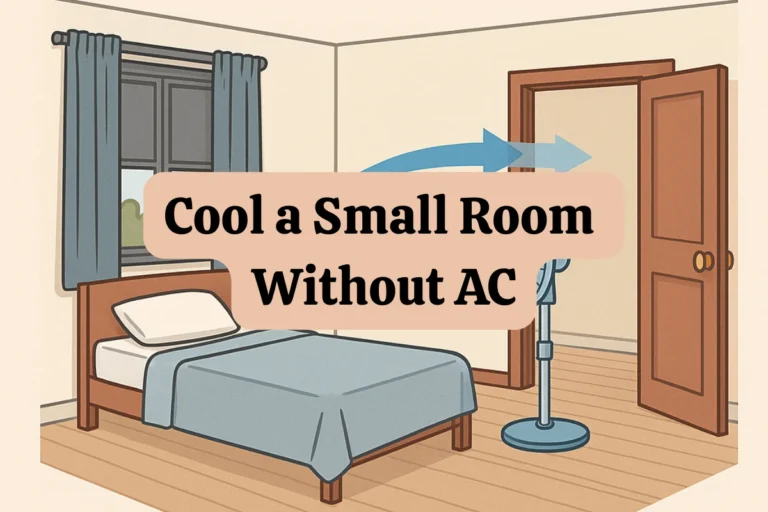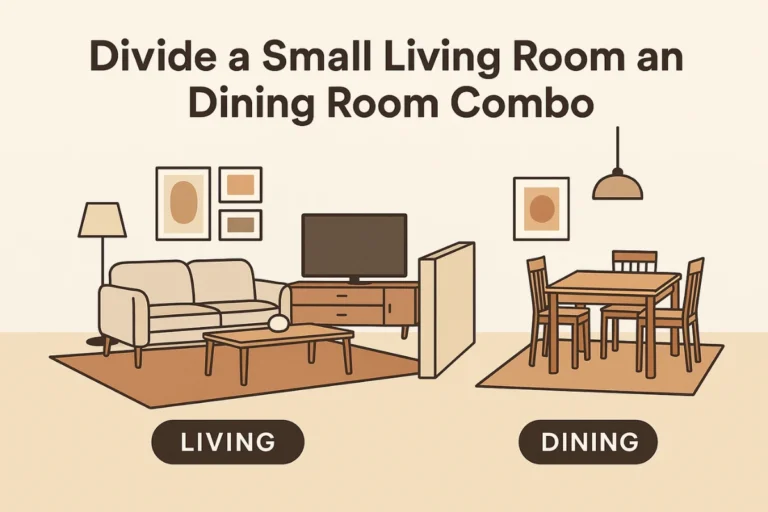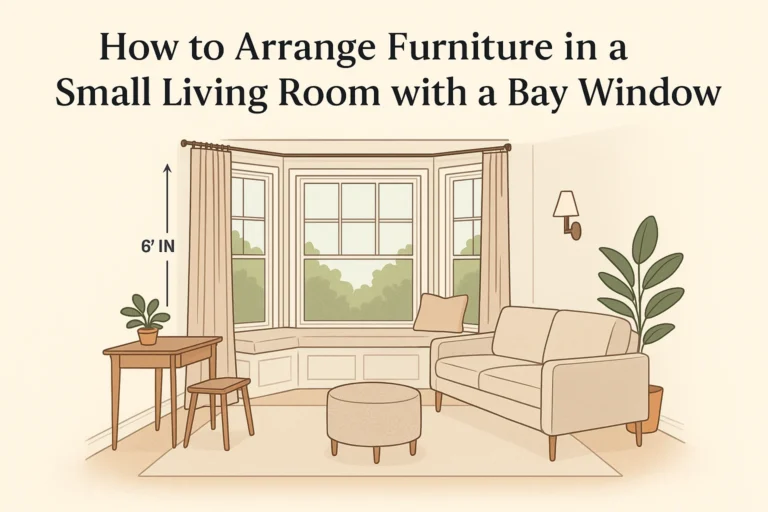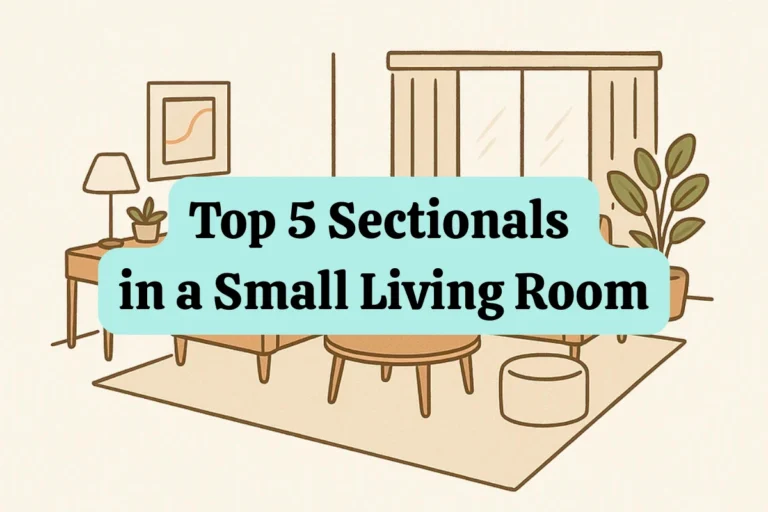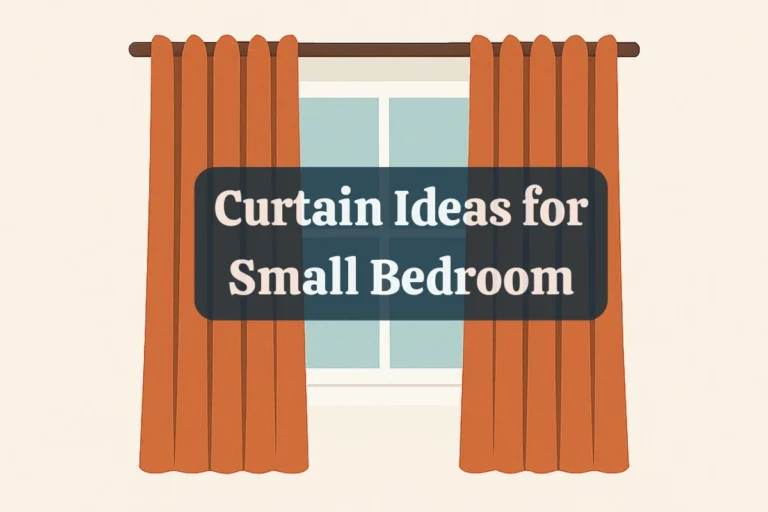Shared Bedroom Strategies: Fitting 3 Beds in a Compact Kids’ Room
Fitting three kids into one small bedroom might sound like a design nightmare—but with the right strategies, it can become one of the most efficient and charming rooms in the house.
1. Start With the Non-Negotiables (AKA Safety & Code)
Before exploring layout ideas, make sure the room can legally—and safely—accommodate three kids. Building codes and comfort guidelines aren’t just red tape—they’re what turn a tight fit into a livable setup.
Minimum Floor Area
According to U.S. residential building codes:
- A bedroom must have at least 70 sq ft for the first occupant.
- Add 50 sq ft per extra person—so for three kids, 170 sq ft is the baseline.
Source: Design Build Remodeling Group
That doesn’t mean you can’t work with less—but it might not be to code, and it definitely means you’ll need to get creative with built-ins or flexible furniture.
Clearance & Circulation
- Keep a minimum 30-inch walkway wherever two beds meet or a ladder hits the floor.
- If you’ve got the room, 36 inches is much easier for changing sheets and moving around without bumps or bruises.
Source: House Plans Helper
Headroom Under Bunks or Lofts
Give kids at least 33–36 inches of space between the top of the mattress and the ceiling—whether it’s the ceiling of the room or the underside of another bunk. That’s just enough for most kids to sit up without bonking their heads.
Source: Clafbebe
Guardrails & Bunk Bed Age Rules
Upper bunks must:
- Have guardrails that extend at least 5 inches above the top of the mattress.
- Many manufacturers now follow the newer 15-inch standard for extra protection.
- Be reserved for kids age 6 or older, per safety guidelines.
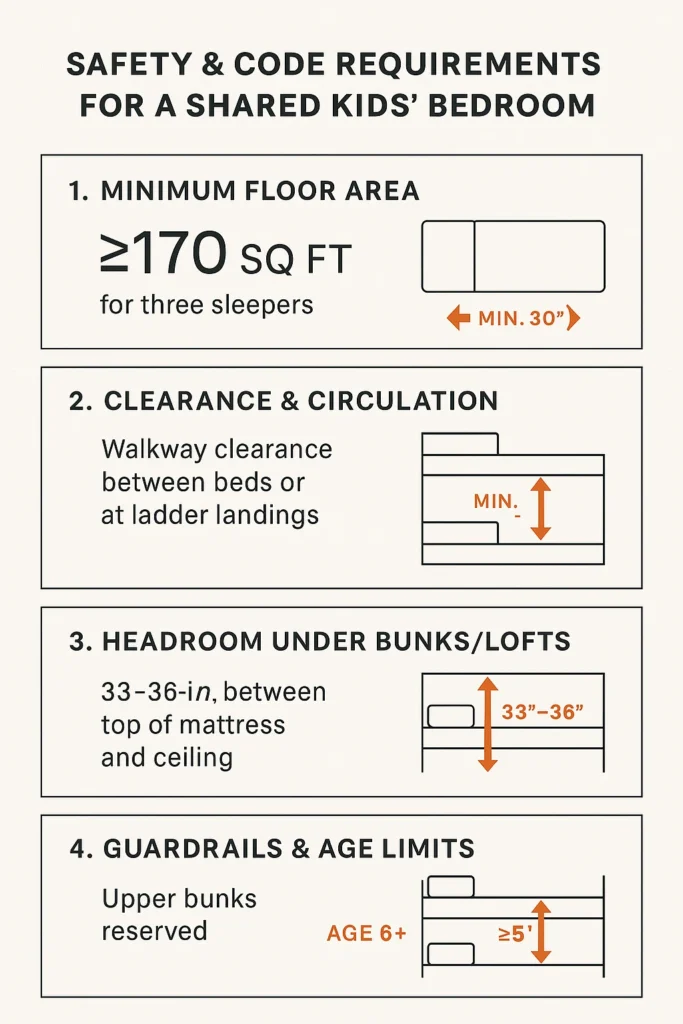
2. Pick a Layout That Matches Your Ceiling Height
The secret to fitting three beds in a small kids’ room? Match your layout to the vertical space you’re working with. Whether you’ve got soaring ceilings or a standard 8-foot lid, there’s a smart setup that maximizes every cubic inch.
A. Triple-Stack Tower
Best for ceilings 9 ft or higher
All three beds stack neatly against one wall like a mini high-rise. Modern triple-bunk designs usually place the bottom bed just 6–8 inches off the floor to divide headroom more evenly across levels. Add recessed LED strips under each “floor” for a spaceship vibe, and build in drawer-stairs for bonus toy storage.
- Footprint tip: Works best in rooms 10 × 10 ft or larger—a 44-inch deep bunk unit still leaves a 30-inch aisle to move around.
Why it works: The rest of the room stays wide open for desks, a rug, or even a reading teepee.
Source: Maxtrix Kids – Twin Triple Bunk Bed
B. Loft + L-Shaped Twin Bunks
Perfect for standard 8 ft ceilings
Raise one bed into a loft along the long wall, then tuck two twin beds beneath it—one parallel, one rotated out at 90°. The L shape naturally creates a shared “nightstand” corner, and the loft ladder stays off to the side to preserve center-floor space.
- Clearance math:
8 ft ceiling − 36 in (headroom) − 6 in (mattress) =
Loft deck height: ~5 ft
The kids below still get 64 inches to stand comfortably. - Bonus: Add crates or low bookcases under the loft for books, bins, or a LEGO zone.
Source: Maxtrix Kids – Beds for Low Ceilings
C. Loft + Daybed-Trundle Combo
Ideal for staggered sleep schedules or future flexibility
Slide a full-size loft across one wall (especially the wardrobe wall). Beneath it, place a daybed with a rollout trundle. The daybed doubles as a cozy sofa during the day, while the trundle handles overnight duties for the third sleeper.
- Future-proofing: As kids grow, the trundle can be removed and the daybed pushed under a loft desk to open up floor space.
Source: Maxtrix Kids – Storage & Desks Fit and Measurement Guide
D. Corner “U” Gallery
For creative corner use and mid-height lovers
Run two bunk beds in an L along adjacent walls, then bridge the third bed across the corner like a flying buttress—half-lofted, half-bunked. The result is a cozy U shape that opens up the room’s center.
- Underneath magic: The void below the corner bed becomes a hidden cave for homework, reading, or make-believe missions.
Great for creating “zones” without adding furniture.
Source: Maxtrix Kids – Triple Beds & Triple Bunks
E. Murphy-Bunk Hybrid
When the room needs to do double duty
In spaces that moonlight as a playroom or studio, a Murphy-style bunk system is a lifesaver. Two beds fold vertically into the wall by day and pull down at bedtime. A third low platform bed with drawers stays out full-time.
- Safe lifting: Look for designs with gas-assist pistons and stud-anchoring for kid-safe operation.
Best suited for multipurpose rooms or homes that swap function by time of day.
Source: BredaBeds – Urban Stack Murphy Bunk Bed
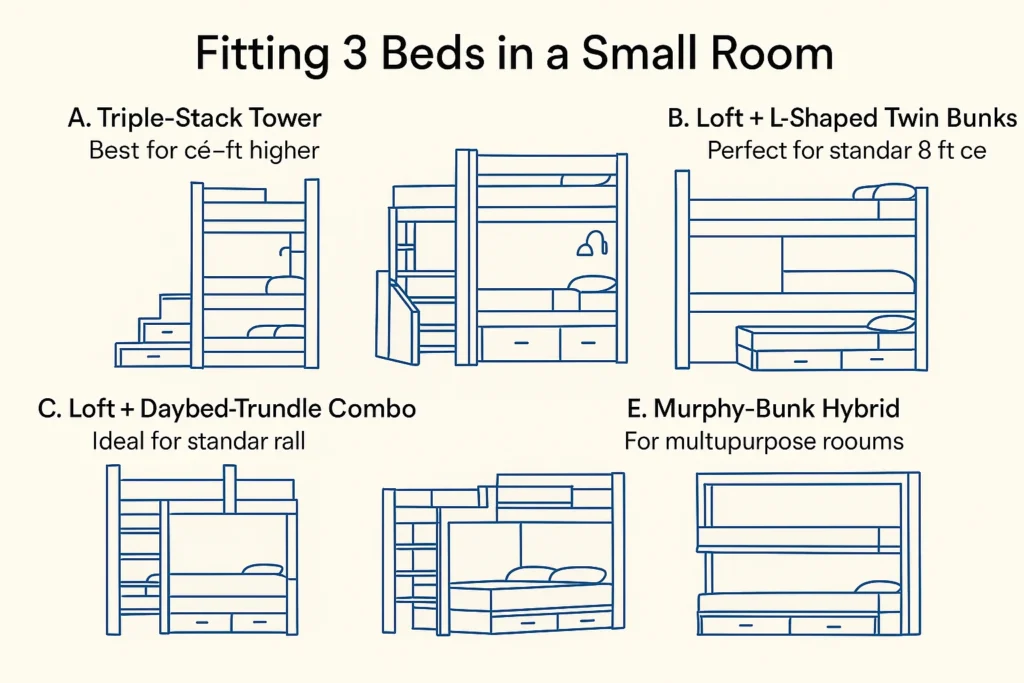
3. Space-Amplifying Details That Matter More With Three
These finishing touches can make or break how livable the room feels day to day.
Use a Uniform, Mid-Tone Color Palette
A cohesive color scheme isn’t just for aesthetics—it’s a proven visual trick to make tight rooms feel more open. Designers recommend sticking to 2–3 tones max across the walls, bedding, and large furniture.
Unified color reduces visual fragmentation. Instead of seeing three separate beds and clashing patterns, the eye blends everything into one large, calming space.
- Best picks: Mid-tones like misty blue, warm greige, or sage green bounce light but hide scuffs better than bright whites. Paint walls and built-ins the same shade to make ceilings feel higher and surfaces recede.
Design tip: Matte paint on walls reduces harsh reflections and helps soft textiles stand out, adding cozy depth.
Integrate Storage Into the Structure
In rooms shared by three kids, storage needs often rival sleeping needs. That’s why designers love multifunctional furniture like bunk stairs with hidden drawers or platform beds with deep under-drawers.
- Stair-drawers: Each step becomes a pull-out drawer—perfect for storing off-season clothes, extra bedding, or toys.
- Under-bed bins: Go for rolling crates or built-in drawers on full-extension slides. Label them by child or category to reduce morning chaos.
Maxtrix Kids and IKEA’s STUVA/SMÅSTAD lines offer modular bunk frames with integrated stairs and storage.
Add Individual Lighting & USB Outlets
In a shared bedroom, lighting control is sanity control. Pocket sconces (compact wall lights) or clip-on reading lamps give each child autonomy over their own bedtime routine.
USB outlets or combo charging shelves next to each bed help contain clutter and keep devices off shared dressers.
For bunk beds, mount the sconce inside the guardrail zone and choose a warm-tone LED bulb (2700K) to avoid harsh light.
Designers from Houzz recommend low-profile battery sconces if wiring isn’t possible.
Carve Out Mini Privacy Zones
Even a small sense of territory goes a long way in a shared room. If floor space is tight, go vertical:
- Curtains under lofts or across bunks provide softness, enclosure, and drama—like a personal mini-fort.
- Slatted dividers (think IKEA Ivar shelves or DIY plywood panels) allow airflow while signaling personal space.
- For tween-age kids, add corkboards, clip lights, or small shelves to personalize their “zone.”
Real Homes suggests assigning wall hooks, under-bed bins, and display boards by child to give each a sense of ownership.
Prioritize Ventilation (Seriously!)
Three kids in one room = triple the body heat, breath moisture, and odors. Good airflow is critical for sleep quality and comfort.
- If there’s only one window: Install a ventilation stack fan or small ductless mini-split unit to keep fresh air circulating.
- Budget tip: Use a high-output ceiling fan plus a window exhaust fan to create cross-ventilation, even in winter.
Energy.gov recommends ceiling fans with reversible motors to push warm air down in winter and pull it up in summer.
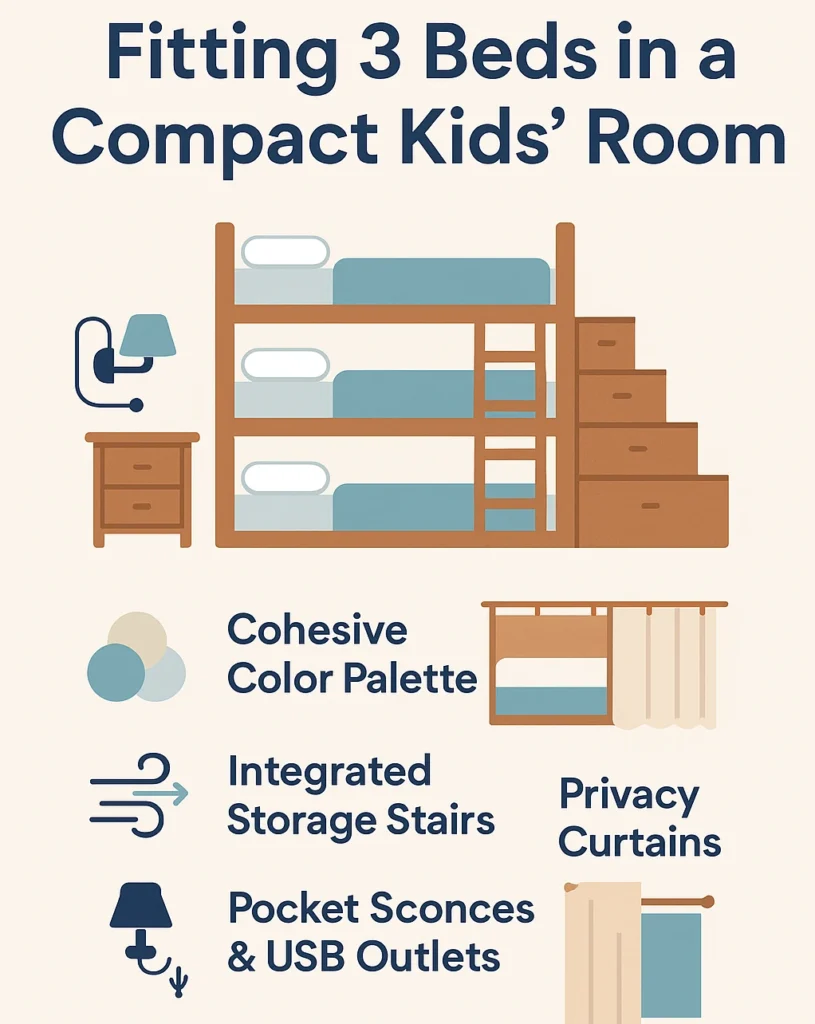
✅ Quick-Reference Dimension Cheat Sheet
1. Twin Mattress Size:38" wide × 75" long
Standard size for most bunk, loft, and trundle beds.
2. Triple-Bunk Cabinet Depth:42–44" (includes built-in ladder or stairs)
Allows safe climbing and sleeping clearance without wall crowding.
3. Safe Ladder Angle:75–80° slope
That’s roughly 10–12 inches of floor run for every 24 inches of vertical rise—steep enough to save space, gentle enough for safe climbs.
4. Minimum Aisle Width:30" between bunk edge and opposite wall or furniture
Just enough for changing sheets, maneuvering laundry baskets, or nighttime potty runs.
5. Trundle Clearance:40" for full pull-out, plus a little fluff room for blankets and bolsters
Plan for this space in front of any trundle to avoid blocked walkways.
A small room doesn’t have to limit your possibilities—it just asks for smarter design. With a little planning, three can live just as comfortably as one.


